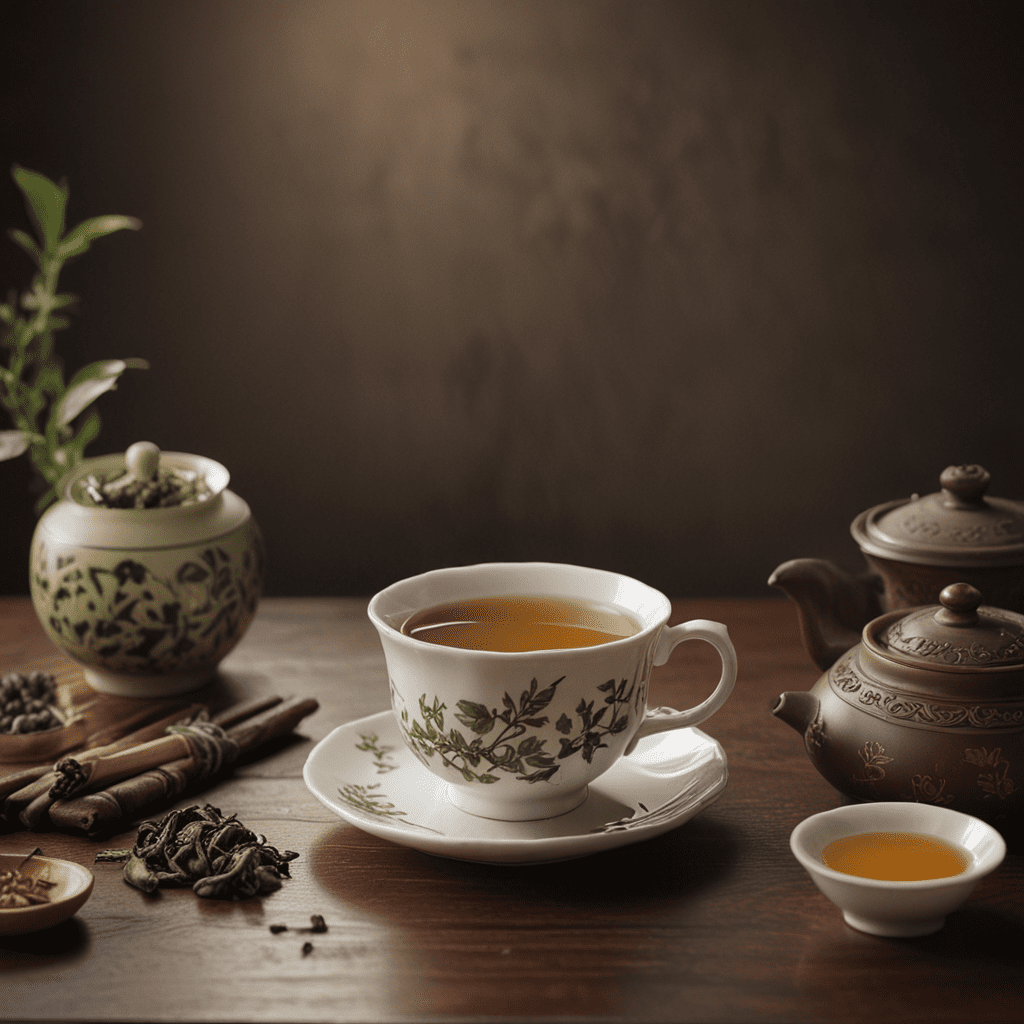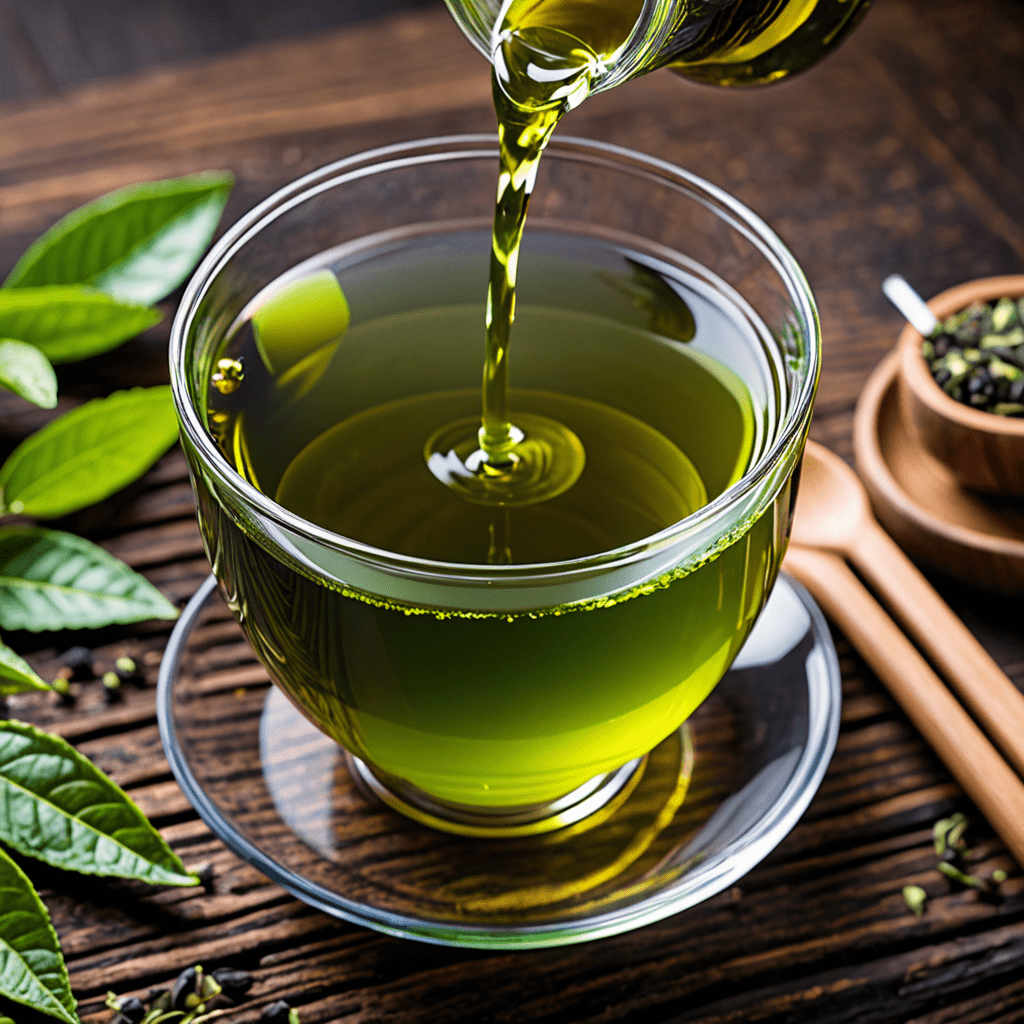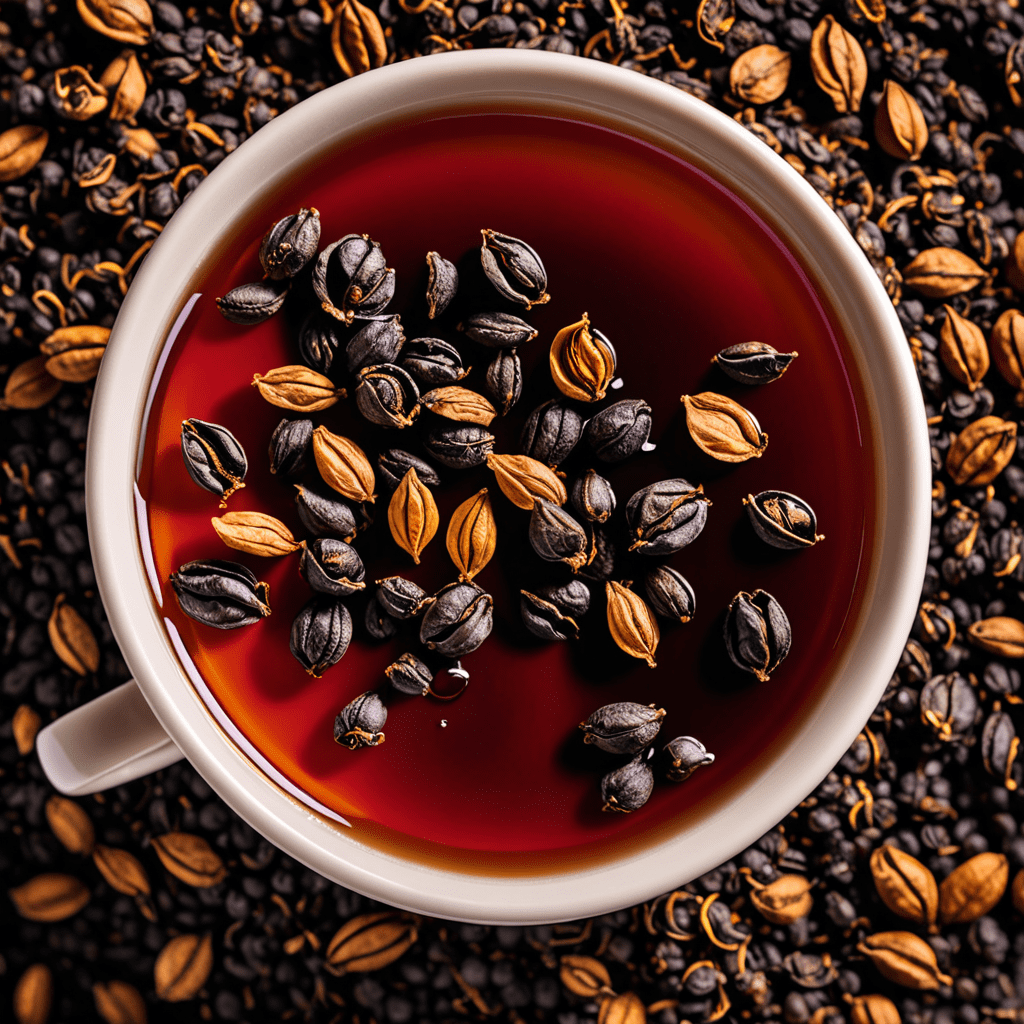The Origin and History of Chinese Tea Etiquette
Chinese tea etiquette is a fascinating cultural phenomenon that has been refined and passed down through generations. Tea, a beverage revered for its delicate flavors and health-giving properties, holds a central place in Chinese life, and its consumption is accompanied by a rich tapestry of customs and traditions.
The origins of Chinese tea etiquette can be traced back to ancient times when tea was first discovered. Legend has it that Emperor Shennong, a mythical sage and herbalist, accidentally discovered tea's medicinal properties while boiling water under a camellia tree. The aromatic steam that wafted from the pot intrigued the emperor, leading him to taste the brew and experience its revitalizing effects.
As the popularity of tea grew throughout China, so too did the development of etiquette surrounding its consumption. During the Tang Dynasty (618-907), tea drinking became a refined art form, with scholars and literati gathering in teahouses to engage in philosophical discussions and poetic recitals while savoring the delicate brews. Tea competitions, where participants vied to identify the finest teas based on their aroma, taste, and appearance, also became a popular pastime, further enhancing the cultural significance of tea.
The Art of Tea Preparation: Ritual and Ceremony
The preparation of tea in Chinese culture is not merely a practical matter but an art form imbued with ritualistic significance. The selection of tea leaves, the choice of teaware, and the precise execution of brewing methods all contribute to a multisensory experience that transcends simple hydration.
In traditional Chinese tea ceremonies, meticulous attention is paid to every step of the process. High-quality tea leaves are carefully measured and placed in a preheated teapot or teacup. Pure, preferably mountain spring water, is brought to a boil, allowing the oxygen in the water to fully awaken the tea's flavors. The water is then poured over the tea leaves and steeped for a precise amount of time, releasing the tea's complex aromas and flavors.
The resulting brew is then shared among participants, who savor each sip with a deep appreciation for its sensory qualities, as well as its symbolic and ritualistic significance.
The Role of Teaware and Tea Spaces
In Chinese tea etiquette, the choice of teaware is as important as the selection of tea itself. Different teas call for different types of teaware, each designed to enhance the specific qualities of the brew.
Porcelain teapots and cups are highly valued for their ability to retain heat while allowing the tea's delicate flavors to shine through. Yixing teapots, made from a porous clay found near the town of Yixing in Jiangsu Province, are prized for their ability to absorb the flavors of the tea over time, enhancing their depth and complexity with subsequent uses.
The tea space, where tea is consumed, also plays a crucial role in the overall etiquette. Traditional Chinese teahouses are designed to create an ambiance of tranquility and contemplation, with simple, elegant décor and natural elements such as bamboo, wood, and stone. These spaces are intended to provide an escape from the hustle and bustle of daily life, allowing tea drinkers to fully immerse themselves in the sensory and ritualistic aspects of tea consumption.
Understanding the Importance of Tea Types
China is a vast and diverse country, with numerous tea-growing regions each producing teas with distinctive flavors and characteristics. Understanding the different types of Chinese tea is essential for appreciating their unique qualities and for selecting the most appropriate tea for any given occasion.
Green teas, such as Longjing and Biluochun, are known for their fresh, vegetal notes, while white teas, such as Silver Needle and White Peony, are delicate and subtly sweet with a light honey aroma. Oolong teas, which undergo partial oxidation during processing, offer a wide range of flavors, from floral and fruity to roasted and earthy. Black teas, including Keemun and Lapsang Souchong, are fully oxidized, resulting in a robust, malty flavor with a hint of smokiness.
The choice of tea type depends on personal preferences, the time of day, the occasion, and the accompanying food or snacks.
6. Etiquette for Formal and Informal Tea Gatherings
In Chinese culture, tea gatherings can be formal or informal, each with its own distinct set of etiquette rules. Formal tea ceremonies, known as gongfu cha, are highly ritualized and intended for special occasions or gatherings among tea connoisseurs. These ceremonies require specific teaware, precise brewing techniques, and a deep understanding of tea culture.
Informal tea gatherings, on the other hand, are more relaxed and social, providing an opportunity for friends and family to connect over a shared love of tea. The rules of etiquette are less strict, but certain courtesies are still observed, such as offering tea to guests first, avoiding loud noises or distractions, and expressing gratitude to the host for the hospitality.
7. Special Considerations for Host and Guests
In Chinese tea etiquette, both the host and guests have specific roles and responsibilities to ensure a harmonious and enjoyable experience. The host is expected to provide high-quality tea and teaware, create a welcoming atmosphere, and guide guests through the tea ceremony or gathering. Guests are expected to show appreciation for the host's hospitality, follow the established etiquette rules, and engage in respectful conversation.
Respect is paramount in Chinese tea etiquette. Guests should avoid interrupting the host or other guests, and should refrain from making negative comments about the tea or teaware. The host, in turn, should be patient and attentive to guests' needs, ensuring that everyone feels welcome and comfortable.
8. Regional Variations in Tea Etiquette
China's vast geography and diverse population have given rise to regional variations in tea etiquette. In the southern province of Guangdong, for example, locals favor strong, dark teas brewed in a clay teapot known as a yixing. In the northern province of Shandong, on the other hand, people prefer lighter, milder teas brewed in porcelain teapots.
These regional variations extend beyond tea preparation to the social customs surrounding tea consumption. In some areas, it is customary to offer tea to guests as a sign of respect, while in others, it is considered失礼 (失禮) to refuse a cup of tea.
9. Contemporary Adaptations and Innovations
While the core principles of Chinese tea etiquette remain unchanged, contemporary society has introduced some adaptations and innovations to the tradition. The rise of modern teahouses and tea-themed cafes has made tea consumption more accessible and less formal.
New tea brewing methods, such as cold brewing and nitro brewing, have also emerged to cater to changing tastes and preferences. Additionally, the use of tea in cocktails, desserts, and other culinary applications has further expanded the scope of tea culture in China.
10. Tea Etiquette as a Reflection of Chinese Culture
Chinese tea etiquette is not merely a set of rules but a reflection of Chinese culture itself. It embodies values such as harmony, respect, and hospitality, and it provides a glimpse into the country's rich history and traditions. By understanding and appreciating the nuances of tea etiquette, visitors to China can gain a deeper appreciation for the Chinese people and their way of life.
FAQ
What is the most important rule of Chinese tea etiquette?
Respect is paramount in Chinese tea etiquette. Guests should be respectful of the host and other guests, and the host should be respectful of the guests' needs and preferences.
What is the proper way to hold a teacup?
The proper way to hold a teacup is to cradle it with both hands, with the left hand supporting the bottom of the cup and the right hand resting on the rim.
What should you do if you are offered a cup of tea that you don't like?
If you are offered a cup of tea that you don't like, you can politely decline by saying "谢谢,我不太喜欢茶" (xiè xie, wǒ bù tài xǐ huan chá).
What is the difference between gongfu cha and informal tea gatherings?
Gongfu cha is a formal tea ceremony that follows strict rules and rituals, while informal tea gatherings are more relaxed and social.



